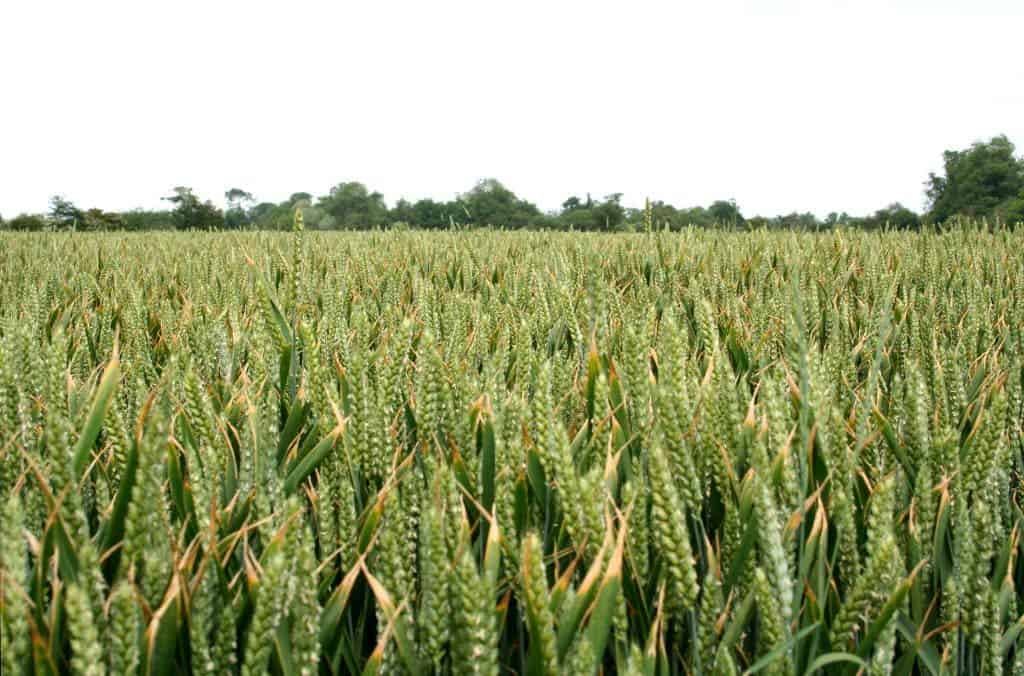If the environment isn’t being polluted and soils aren’t being damaged in its production, consumers in Finland would be OK to pay extra for food, according to a new study. Researchers found that 79% of households there are willing to pay extra for food produced using cropping diversification and other sustainable agricultural practices.

Monocultures are strongly linked to biodiversity loss around the world, and northern Europe makes no exception. High-input practices, often connected to monocultures, have been found to cause soil degradation and nutrient leaching to water bodies, negatively affecting ecosystems such as rivers or lakes. Soil organic matter content is gradually decreasing in Finish croplands due to these reasons.
Cereal monocultures dominate in large parts of southern Finland despite many alternative crops being available for diversification of monocultures. The area under protein crops, oilseeds, potatoes, sugar beets, and other edible plants in Finland is relatively small due to limited domestic demand and excessive imports of protein feed for livestock.
Researchers affiliated with the Diverfarming project, which encourages crop diversification, focused on the value of such practices in southern Finland, the prime crop production region in the country. They then quantified consumers’ willingness to pay for these items, after explaining the benefits of a larger diversity of cultivation practices and crop rotation.
Diversified farming practices under low-input and organic systems sustain and supply multiple agroecosystem services, thus reducing their environmental strain and the need for off-farm inputs. They can improve the resilience of cropping systems to multiple environmental stresses and thus make food production more stable.
Despite the importance of agroecological ecosystem services (these are things ecosystems do to support the growth of crops, such as nutrient recycling, that we don’t need to pay for), their total value is not currently included in the prices of food and agricultural products. There are few studies in Finland focusing on the non-market value of these services, but none is specifically targeted to the benefits of cropping diversification.
The researchers presented three valuation scenarios to a sample of 600 consumers. The first one focused on agroecosystem services on cropland, the second on wider socio-cultural effects, and the third was a combination of both. They found most consumers would be willing to pay $270 per household per year for crop diversification.
“Positive societal implications of cropping diversification were valued slightly higher than direct field-level effects of diversification. In particular, improved maintenance of domestic food production and processing, reduced nutrient runoffs from agriculture, maintained food culture and tradition, as well as improved carbon balance of agriculture and the number of jobs in rural areas were valued high,” the researchers wrote.
As demand for food and fiber increases, fueled by growing populations, rising incomes, and global integration, the negative effects of conventional agriculture increase in scale. A key question is then how society can motivate farmers to reduce negative side effects while meeting the demand for agricultural production.
For the researchers, the high willingness to pay for more sustainable agriculture represents an important message for policy makers and other key actors in the food chain. While agroecology has to be further developed, a higher contribution by consumers can also likely fund future transition towards more sustainable food production.
The study was published in the journal Environmental Management.









